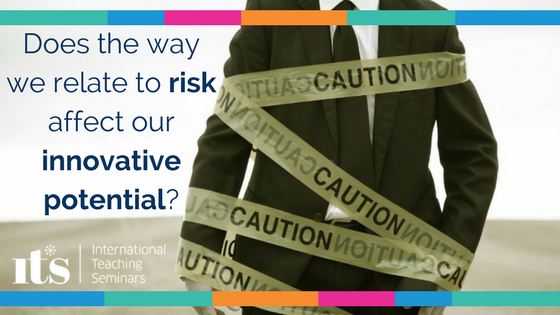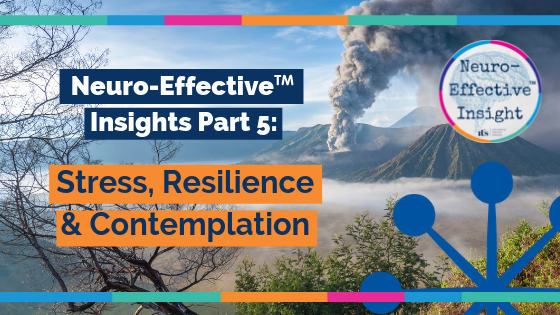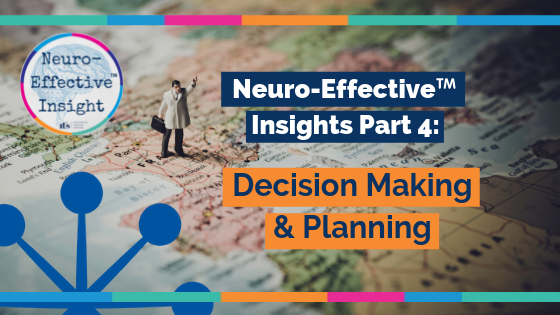As somebody who is both an innovator and who works with innovators I’ve been struck by just how differently people and organisations respond to risk. While there is the occasional outlier who is just way too gung-ho and could do with learning caution, what I see most frequently lies at the other end of the spectrum.
Here some are simply risk averse. With organisations this often correlates with concern about litigation and culpability. Then there is the more nuanced risk avoidance aimed at minimising risk by avoiding as much of it as possible.
However, there is a third way which is common I think among successful innovators. I call it risk awareness. It has two key features. Those who have it exhibit much greater situational awareness – they can see the bigger picture within which they’re operating so have a better understanding of the risks and opportunities. Second, they can extrapolate into the future to imagine possible consequences of their action – or indeed their inaction.
These two dimensions are really important. If you only have a narrow awareness of what is happening right in front of you, you may not see the danger that is lurking in your peripheral vision – sometimes literally. Having consulted in the mining industry I have seen the photos of the crushed limbs that can happen when people lack this situational awareness. Believe me they stay with you.
Similarly if you don’t see risk in terms of time you’re not thinking ahead: you may not be aware of the implications of pursuing a particular strategy over time. Too often people only realise their mistake when suddenly it’s too late to make a change which is overdue. Working with providers of financial services I’ve been struck by some clients’ naivety. Keeping your assets liquid for instance – the money under the bed approach – is a high risk strategy over time if you know anything about inflation.
***
Risk awareness, by contrast, gives you real choice. So how does it work in practice? Your actions constitute experiments which you learn from. Here there is no such thing as failure, only feedback, which can then feed forward and help you improve future performance. What you do becomes a dynamic learning process where the feedback you get helps you make in-course correction.
For me it is a great pleasure working with entrepreneurial organisations where risk is understood to be part of the territory: you engage with it dynamically as opposed to living in fear of it.
This way of working can be applied in any industry. Fostering this situational awareness in everyone, ensuring that they have a voice and that they can speak up causes them to hold themselves and their peers accountable. It actually fosters a more adult way of engaging with the world and that of course in turn means that people are more empowered.
I like to use mining as the test for proof of concept because here it is a matter of life and death – so you’d better get it right. And what do we find? In the company I’m working with people end up being safer in what can be a highly dangerous environment not by being micro-managed, but by being made more aware of how they can take in a situation and see what the potential dangers are for themselves and their colleagues. The net result is not only do you get fewer accidents; you get more proactive involvement and peer to peer accountability.
***
Risk is a reality of our lives. It is real and it is also a mind-set. How we engage with both dimensions will affect our own and other’s innovative potential. So it’s useful to consider both.
You might think of the three attitudes to risk I mentioned earlier as lying on a continuum which goes from risk aversion through risk avoidance to risk awareness. I call this the Risk Continuum. These have different neurological signatures as they trigger activity in different parts of the brain. Not surprisingly risk aversion and to a lesser extent avoidance trigger amygdala activity. At its most acute this is associated with fearfulness, anxiety and distress. By contrast risk awareness involves the more dispassionate assessing associated with the pre-frontal cortex. It tends to encourage people to be cognisant of their surroundings and to challenge themselves.
Whether we’re talking about an individual, a team or an organization we need to distinguish between being scared and out of our comfort zone versus being at risk. And sometimes, when there really is a risk, we may just need to acquire the confidence and skilled experience to address it appropriately.
With this in mind here are three questions to ponder regarding the Risk aversion, avoidance, awareness Continuum:
What is your personal risk mind-set?
What is the risk mind-set of your team and organisation?
How might these be impacting innovation?
Whatever your answers the good news is that, when it’s useful, people can learn to move along the Risk Continuum – but that’s a whole other story.
To see and hear more from Ian McDermott just click on the link:
Ian McDermott on Innovation
If you have an enquiry please Contact Us.





Leave A Comment